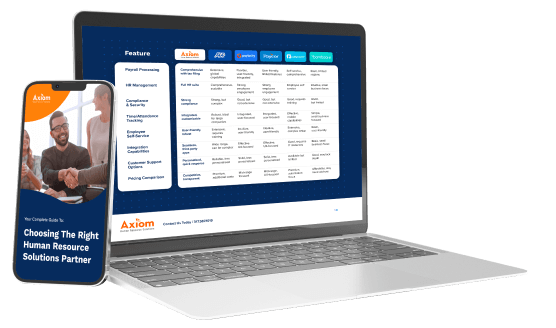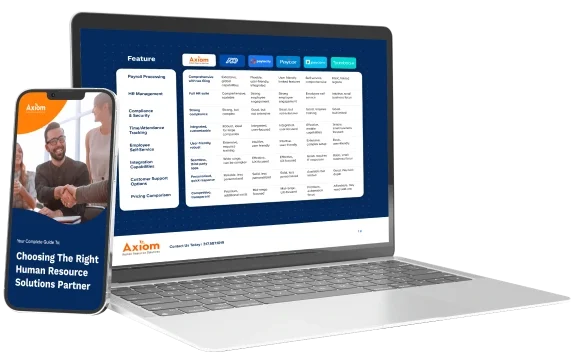
Most organizations treat culture like a broken appliance: when something seems off, they try to fix it.
But culture isn’t a problem to solve—it’s a system to understand. And like any system, it can be measured.
Instead of guessing what’s wrong, HR leaders now have the tools to see what’s working, what’s not, and where to focus. If you’re relying on instinct, anecdotes, or exit interviews to assess workplace culture, you’re already behind.
This post will walk through how measuring company culture—not reacting to it—can help HR teams lead more strategically and build healthier, higher-performing organizations.
Why Culture Can’t Be Fixed (But It Can Be Tracked)
Trying to fix culture usually means reacting to symptoms:
- High turnover
- Low morale
- Poor survey scores
- Engagement dips in certain teams
These are outcomes, not root causes.
Measuring culture allows you to:
- Identify trends early
- See differences across departments, locations, or roles
- Target specific drivers of disengagement or dissatisfaction
- The shift? Stop guessing, and start guiding with data.
Key Metrics That Reflect Workplace Culture
There is no single metric for culture. Instead, it shows up across multiple indicators. These include:
- Pulse survey results – Regular, lightweight feedback helps track sentiment over time
- Employee engagement scores – A composite of how invested people are in their work and the company
- Retention and turnover trends – Especially in the first 6–12 months
- Absenteeism rates – A signal of morale, workload, or disengagement
- Manager feedback participation – Shows how seriously leadership takes feedback loops
- Internal mobility and promotion rates – Indicate whether employees see growth opportunities
When HR tracks these consistently, they can spot patterns—and intervene early.
Pulse Surveys: Culture’s Real-Time Thermometer
Annual engagement surveys are too slow. By the time results come in, issues have usually escalated.
Pulse surveys offer a faster, more agile way to:
- Monitor team sentiment regularly
- Surface issues before they affect performance
- Track responses to leadership or policy changes
What to ask:
- How supported do you feel by your manager?
- Do you feel your work contributes to the company mission?
- Are you clear on performance expectations?
Over time, these responses create a data story HR can use to shape initiatives—not just react to complaints.
From Data to Action: Creating a Culture Scorecard
A culture scorecardgives leaders a simple, consistent way to monitor organizational health.
What it includes:
- Engagement and pulse trends by team or region
- Turnover by tenure band (e.g., <1 year, 1–3 years)
- Feedback participation rates
- Internal promotion rates
- Absence spikes or patterns
A good scorecard aligns cultural signals with business performance. It helps HR and leadership speak the same language—and take action together.
Where Culture Data Breaks Down (and How to Fix It)
Many companies collect data. But few use it effectively. Why?
- Data is scatteredacross different tools
- Insights aren’t sharedwith department leads
- There’s no consistent cadenceto review and act
- Survey fatigueleads to fewer responses
To fix this, HR needs:
- A unified system that integrates surveys, attendance, feedback, and performance data
- A clear rhythm for reviewing insights (monthly, quarterly)
- Shared ownership between HR and business leaders
- Communication back to employees to close the loop
At Axiom, we help clients build culture dashboards with UKG Ready and reinforce the feedback cycle with real support.
Start Measuring Culture Like a Business Priority
Culture isn’t soft. It’s strategic.
Data helps HR lead more confidently, earn trust from leadership, and design employee experiences that retain top talent.
Ready to build a culture scorecard, use smarter feedback loops, or make your engagement data actually useful? Let’s start with your culture metrics
FAQ: Measuring Company Culture
- What is measuring company culture?
It means using employee feedback, behavioral data, and performance trends to understand how people experience the workplace. - What tools are used to measure workplace culture?
Pulse surveys, engagement dashboards, retention reports, and promotion tracking are common tools used by HR teams. - Why is it important to measure culture?
Culture impacts performance, retention, and trust. Measuring it allows you to intervene early and drive improvements. - How often should we check in on culture metrics?
Pulse surveys can run monthly or quarterly. Review scorecards regularly—at least every quarter. - How can Axiom help?
We help configure UKG Ready to track cultural signals and provide strategic support so you can use that data to lead better.


